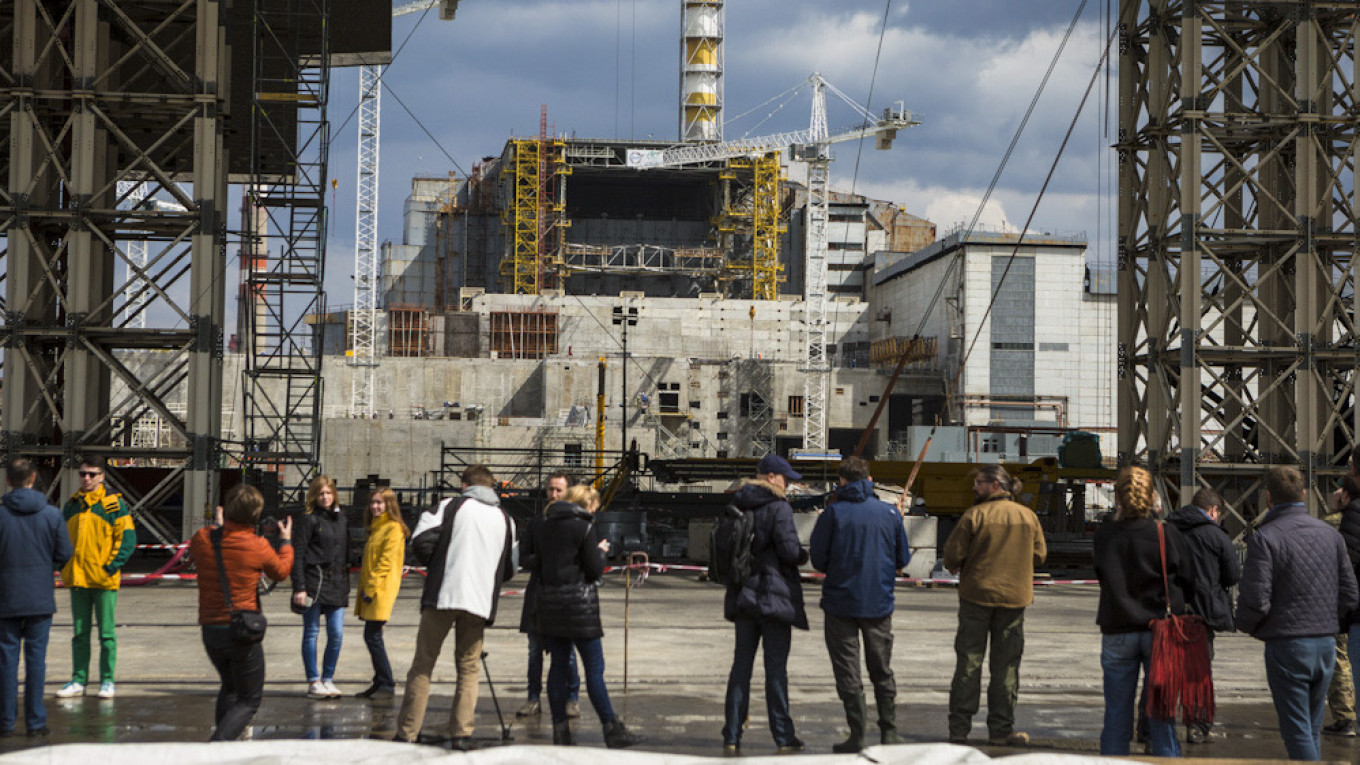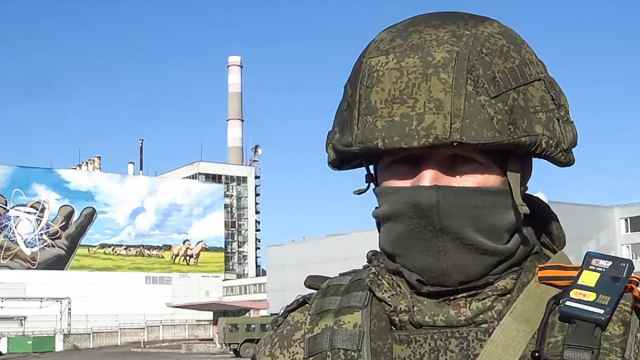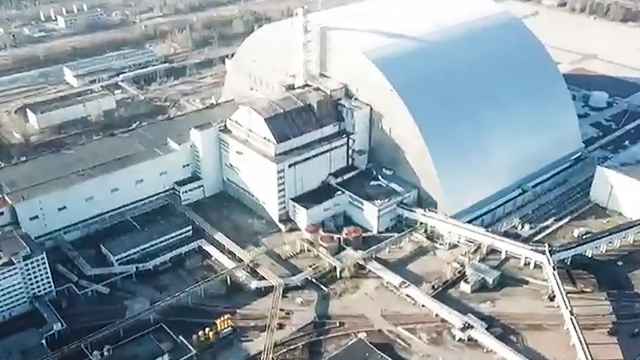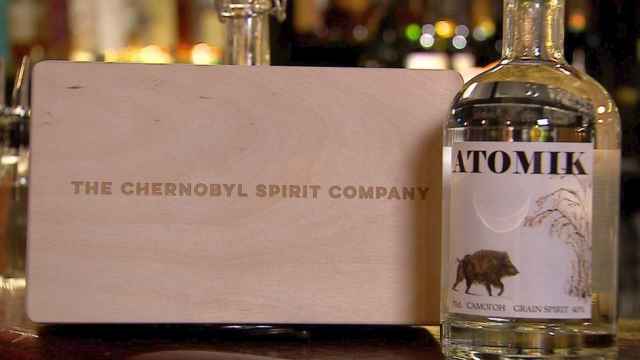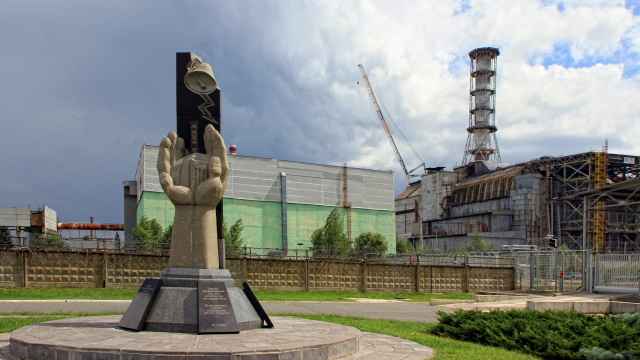President Volodymyr Zelensky was due Monday to visit the Chernobyl exclusion zone and address Ukrainians to commemorate the 35th anniversary of the world's worst nuclear disaster.
The exclusion zone is a 30-kilometer radius around the nuclear power plant that was evacuated in the aftermath of an explosion and was deemed unsafe for humans to live for thousands of years.
Ahead of his arrival, dozens of people gathered in the nearby ghost town of Pripyat and held an overnight vigil with candles in memory of those who lost their lives in the accident.
The deaths of some 30 people were directly linked to the explosion in the fourth reactor at Chernobyl during a safety test on April 26, 1986.
But thousands more are feared to have died in the years that followed from radiation poisoning across Ukraine as well as its northern neighbor Belarus and Russia to the east.
The exact number of victims remains a subject of intense debate because the Soviet authorities kept most of the information about the disaster hidden.
Hundreds of thousands of people were evacuated from the area around the disaster site, and the exclusion zone has now become a ghostly uninhabited region.
About 600,000 emergency workers and state employees who became known as "liquidators" were dispatched with little or no protective gear to help clean up the aftermath of the disaster.
A 2005 United Nations report estimated that up to 4,000 people could eventually perish from the invisible poison in Ukraine, Russia and Belarus.
The Greenpeace environmental group issued its own study the following year estimating that 100,000 people had already lost their lives as a result of the accident.
In November 2016, a massive metal dome was erected over the remains of the reactor — paid for with $2.5 billion in international funding — to stop future leaks and ensure the safety of Europeans for generations.
Ukrainian authorities say the area maybe not be fit for humans for 24,000 years, but the site has been attracting more tourists in recent years and Kiev wants to make it a UNESCO World Heritage Site.
Surging flora and fauna have taken over deserted tower blocks, shops and official buildings, as the area turned into a giant reserve unprecedented in Europe in size.
A Message from The Moscow Times:
Dear readers,
We are facing unprecedented challenges. Russia's Prosecutor General's Office has designated The Moscow Times as an "undesirable" organization, criminalizing our work and putting our staff at risk of prosecution. This follows our earlier unjust labeling as a "foreign agent."
These actions are direct attempts to silence independent journalism in Russia. The authorities claim our work "discredits the decisions of the Russian leadership." We see things differently: we strive to provide accurate, unbiased reporting on Russia.
We, the journalists of The Moscow Times, refuse to be silenced. But to continue our work, we need your help.
Your support, no matter how small, makes a world of difference. If you can, please support us monthly starting from just $2. It's quick to set up, and every contribution makes a significant impact.
By supporting The Moscow Times, you're defending open, independent journalism in the face of repression. Thank you for standing with us.
Remind me later.


